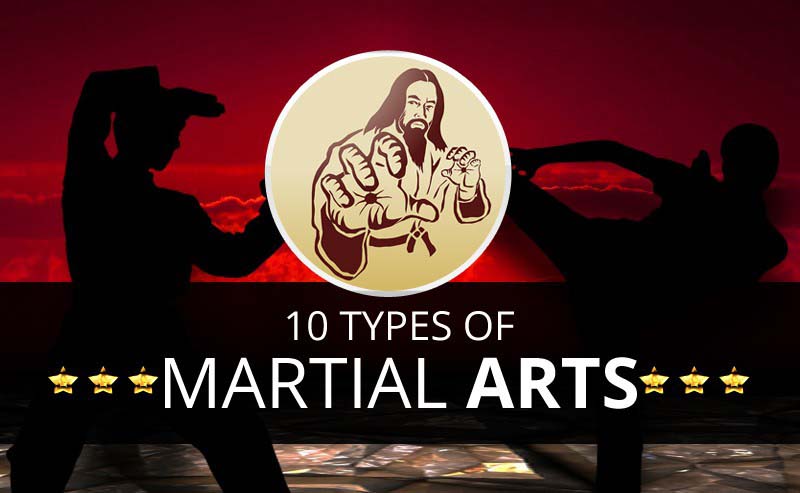When you think about martial arts, do you lean more towards the conventional techniques or the modern battle sports? Each path supplies unique benefits and experiences, formed by their philosophies and training techniques. Typical martial arts stress personal growth and discipline, while modern-day fight sporting activities concentrate on competition and performance. Recognizing these differences can guide you in picking the right strategy for your trip. However exactly how do these distinctions show up in training and ideology?
The Approach and Background Behind Standard Martial arts
While many individuals link martial arts with physical combat, the ideology and history behind typical martial arts run much deeper. You'll discover that these self-controls highlight personal growth, self-control, and respect.
Originating from all-attribute martial arts , traditional martial arts were often established for Self-Defense and spiritual advancement. They symbolize concepts such as equilibrium, harmony, and self-control, directing professionals past mere fighting abilities.
As you train, you'll not only find out methods yet also obtain understandings right into the culture and worths that formed these arts. The routines and customs, often passed down through generations, promote a sense of area and belonging.
The Affordable Nature of Modern Battle Sports
Modern fight sporting activities have changed the landscape of martial arts right into an extremely competitive sector, where professional athletes face off in an examination of skill, approach, and endurance.
You'll observe that competitions are usually organized with stringent rules and regulations, ensuring fair play and safety. These occasions bring in huge target markets, sustaining the enjoyment and intensity of competitions.
Professional athletes train rigorously, not just for physical prowess but likewise for psychological durability, understanding that every detail counts in the ring. The adrenaline rush during competitors is palpable, as boxers press their restrictions to assert triumph.
Fans value the athleticism and creativity included, making modern battle sporting activities a thrilling phenomenon that continues to advance and astound enthusiasts around the world.
Training Approaches and Techniques: A Relative Evaluation
The competitive atmosphere of contemporary fight sports needs innovative training methods that vary considerably from conventional martial arts.
In modern training, you'll focus on specific strategies, sparring, and conditioning, typically utilizing drills that simulate genuine battle scenarios. You'll see an emphasis on measurable efficiency and constant competitors to analyze your skills.
In contrast, traditional martial arts focus on kinds, katas, and philosophical mentors, typically highlighting self-control and respect over competitors.
Training is generally less intense and may involve repetitive practice rather than real-time sparring.
While both techniques build skill and physical fitness, modern-day battle sporting activities offer an extra dynamic and versatile training environment, preparing you for prompt challenges in the ring or cage.
Pick the course that straightens with your objectives and passions.
Verdict
In picking between conventional martial arts and modern-day battle sporting activities, it truly comes down to what you value many. If you're searching for individual development, technique, and a feeling of community, typical arts may be your finest fit. But if https://indianexpress.com/article/books-and-literature/history-lover-ancient-india-contribution-board-games-martial-arts-8336477/ thrive on competition and real-time obstacles, modern battle sports could be the means to go. Eventually, both courses offer unique advantages, so it's everything about straightening your training with your individual objectives and interests.
